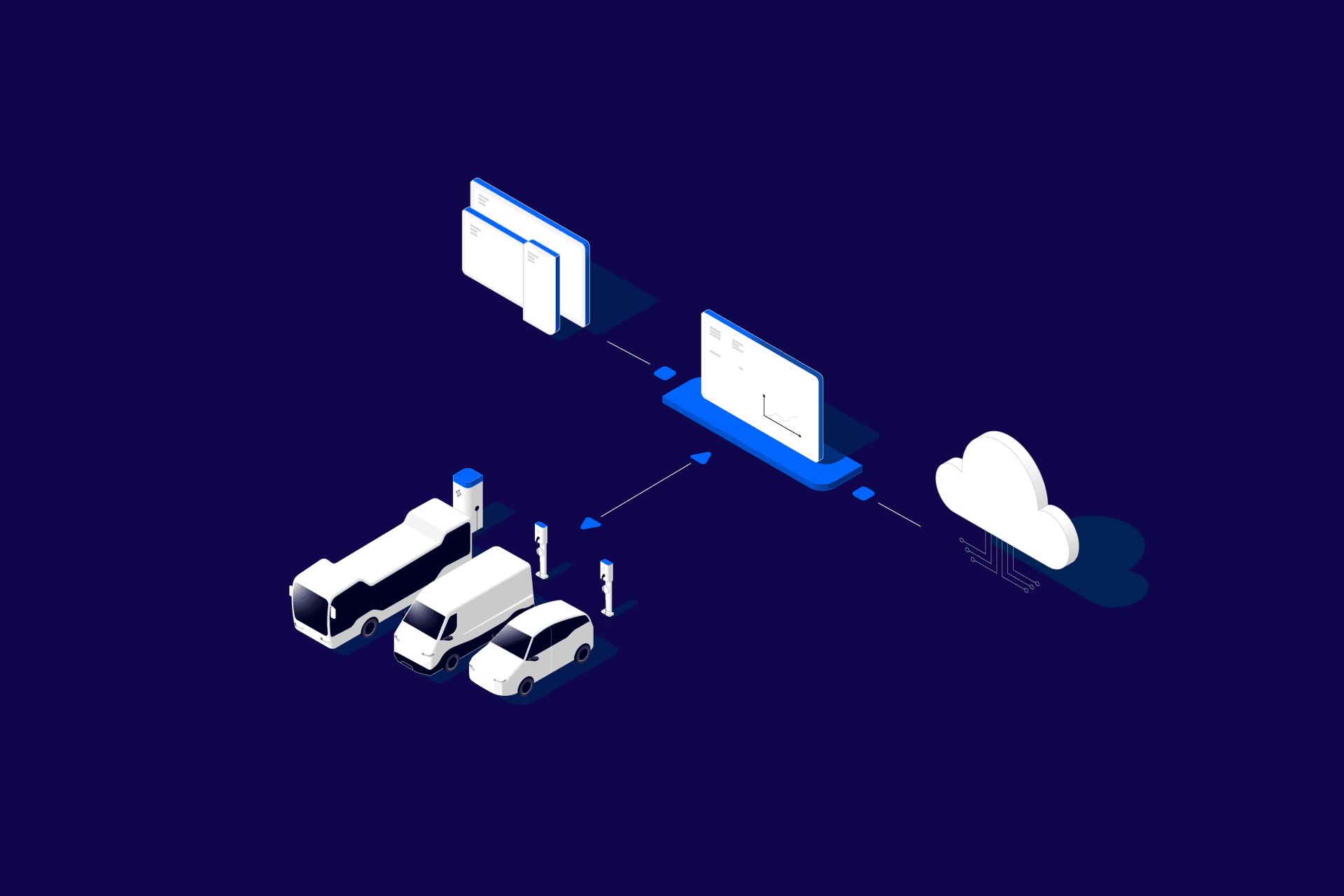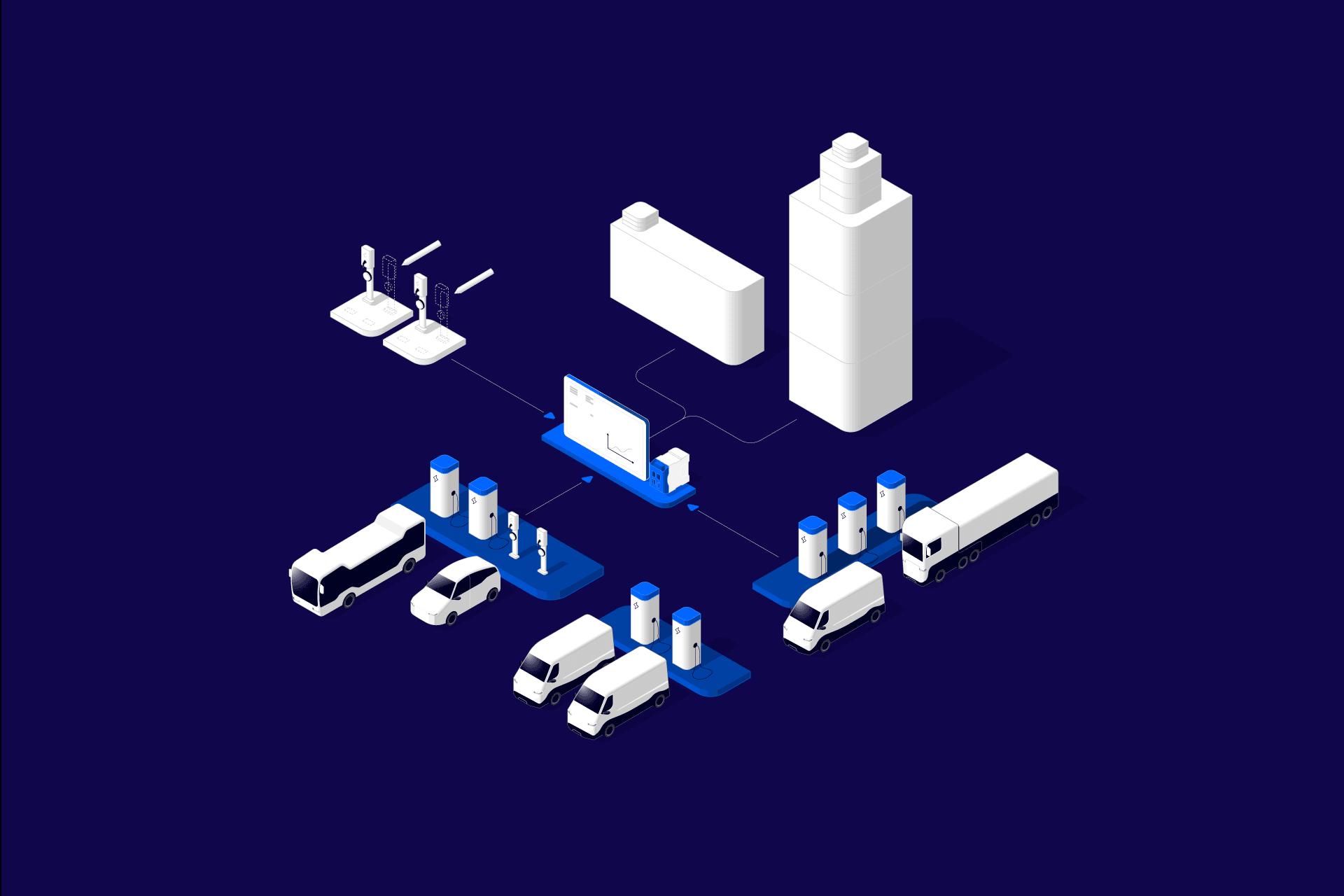FlexibilityCharger
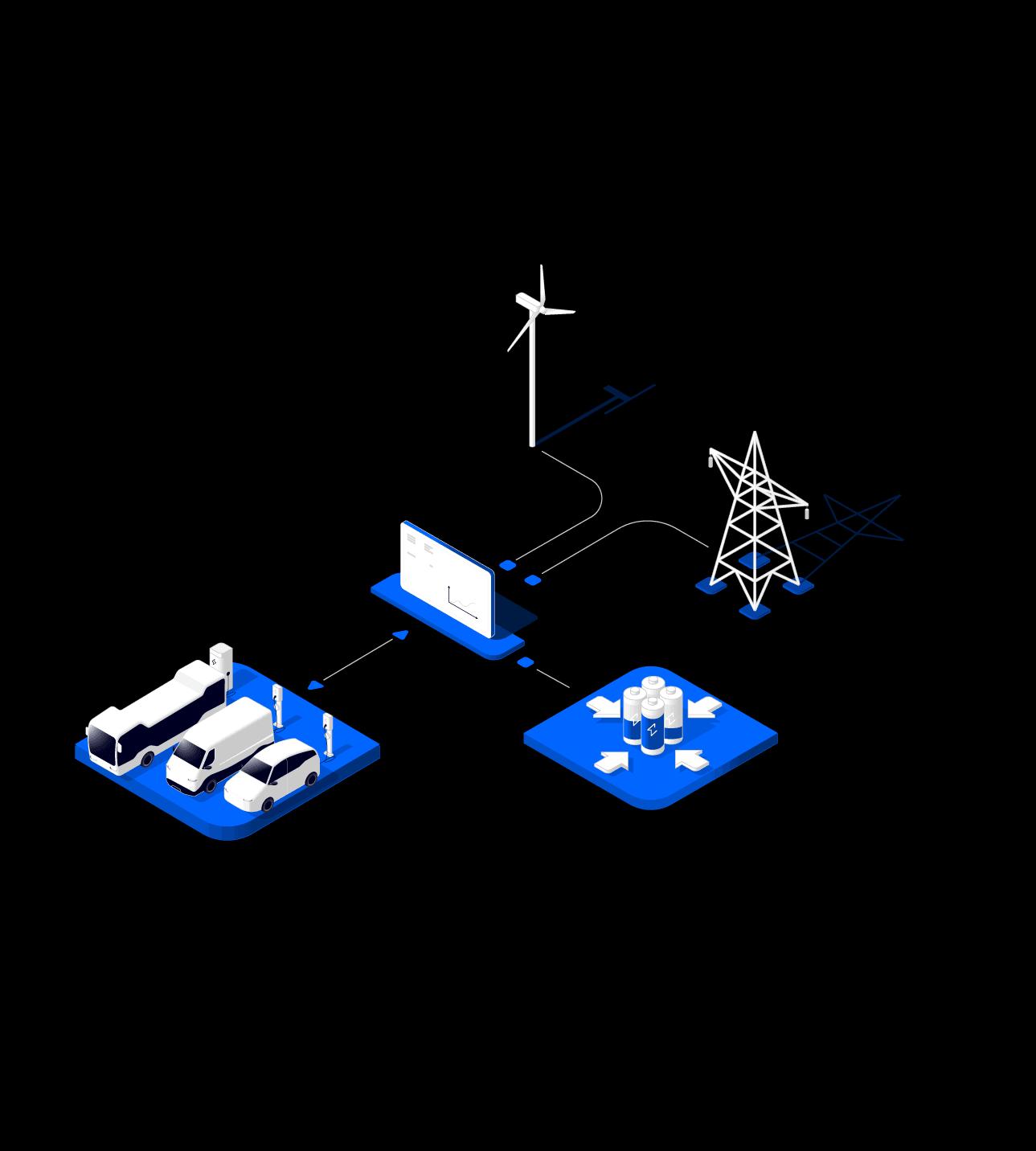
The technology behind ChargePilot® - our smart charging and energy management system that charges multiple e-vehicles easily, reliably and cost-optimized.
Why FlexibilityCharger
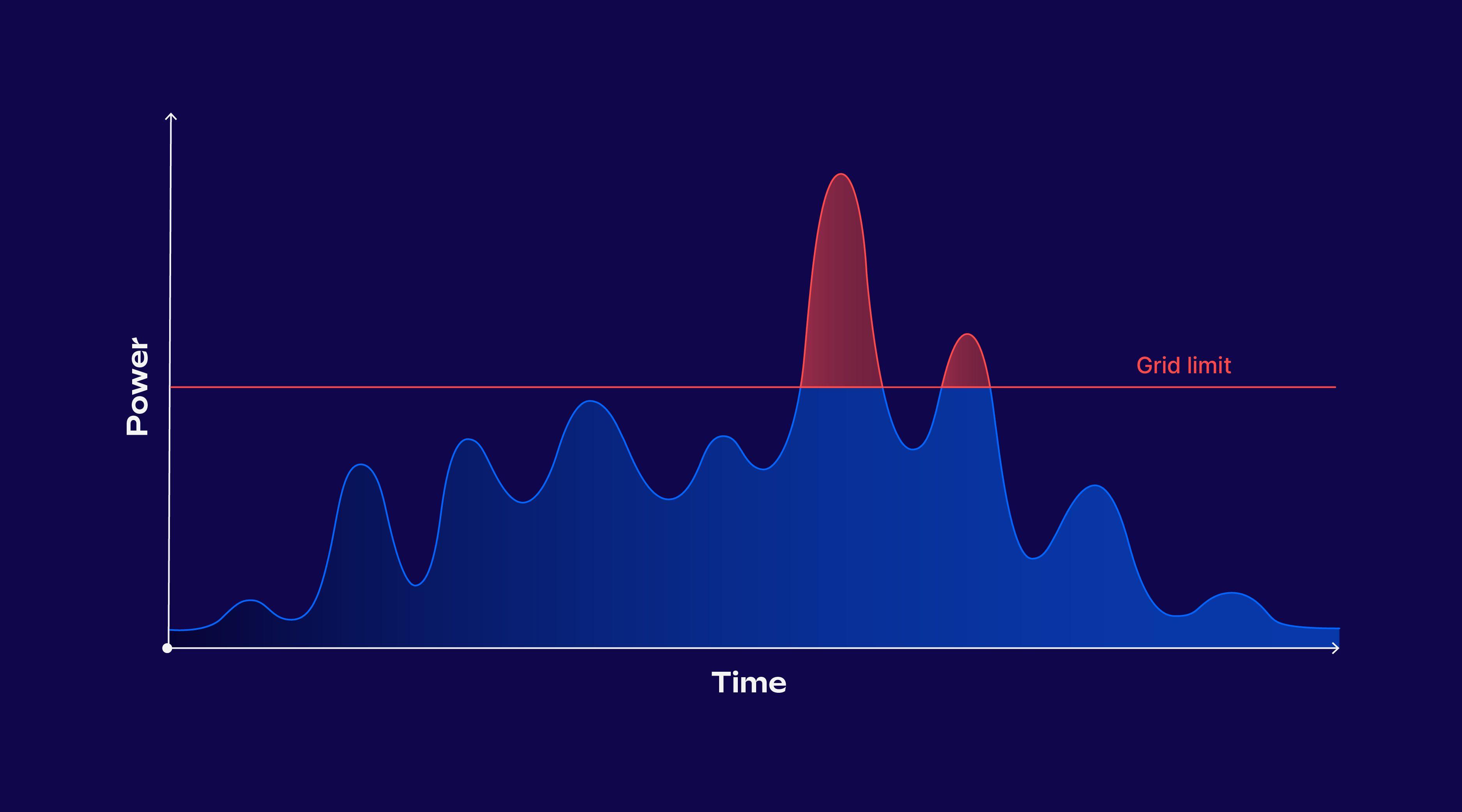
FlexibilityCharger can..
How you can use FlexibilityCharger
Smart charging
Do you want to make sure that your vehicles are charged when they are needed and that you don't have to extend your grid connection? That's where ChargePilot®, our charging and energy management system with FlexibilityCharger technology, comes in.
Find your industry and off you go.
Smart energy solutions
Would you like to automatically shift vehicle charging to times when the electricity price is particularly low? ChargePilot®, our charging and energy management system with FlexibilityCharger technology, makes this possible.
The FlexibilityCharger delivers results
How FlexibilityCharger works
System architecture
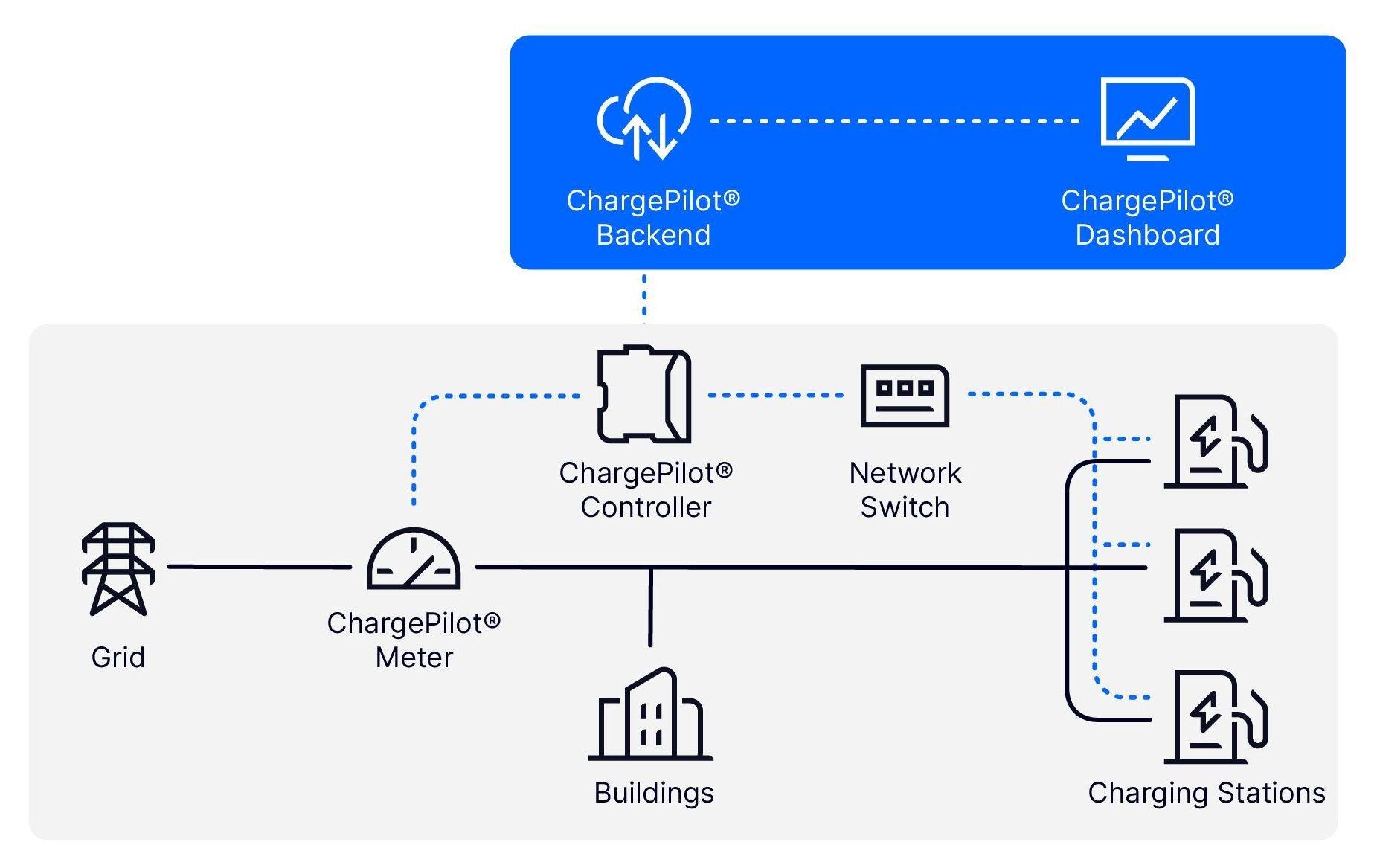
Locally integrated. Smartly networked:
The ChargePilot® Controller is installed on site and houses the FlexibilityCharger technology. It establishes the data connection between charging points, grid connection and other consumers, such as a building, and controls the energy flows in real time. All data is sent to the cloud - the ChargePilot® backend. Access is simple and convenient via the ChargePilot® dashboard.
Load management
Thanks to modular technology and extensive functions, FlexibilityCharger adapts to individual requirements and remains flexible for future applications.
Electric vehicles can be charged with a constant, fixed value (static) or in real time (dynamic), taking other consumers into account.
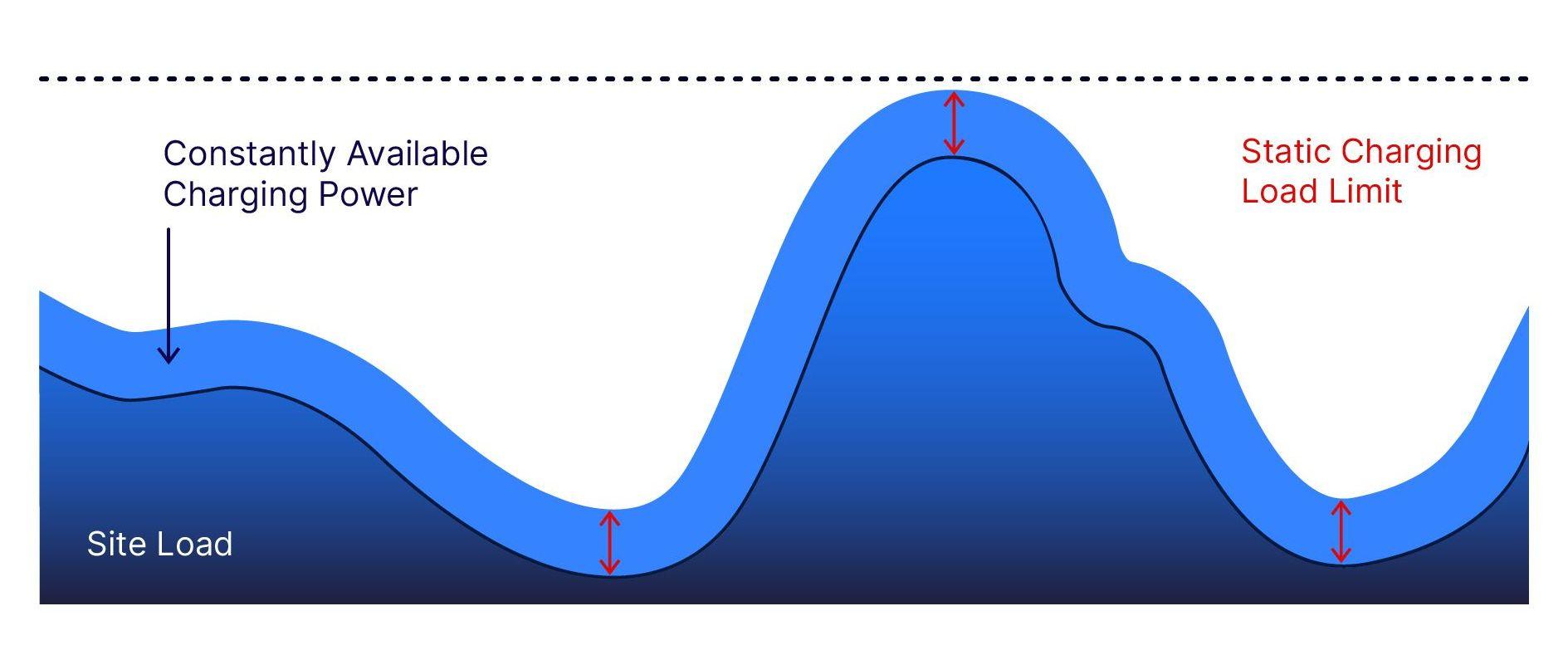
If the charging stations are integrated into a new house connection or an existing distribution system without additional consumers, static load management from FlexibilityCharger with a fixed maximum power limit is usually recommended. FlexibilityCharger distributes the available power evenly to all connected e-vehicles, taking the phase load into account. The power distribution is continuously optimized:
If, for example, an e-vehicle is fully charged and no longer draws any power, this is distributed to other charging points. However, the charging power available for the entire charging infrastructure remains constant and does not adapt to other factors such as the building load. This solution is therefore suitable for locations with low fluctuations in consumption.
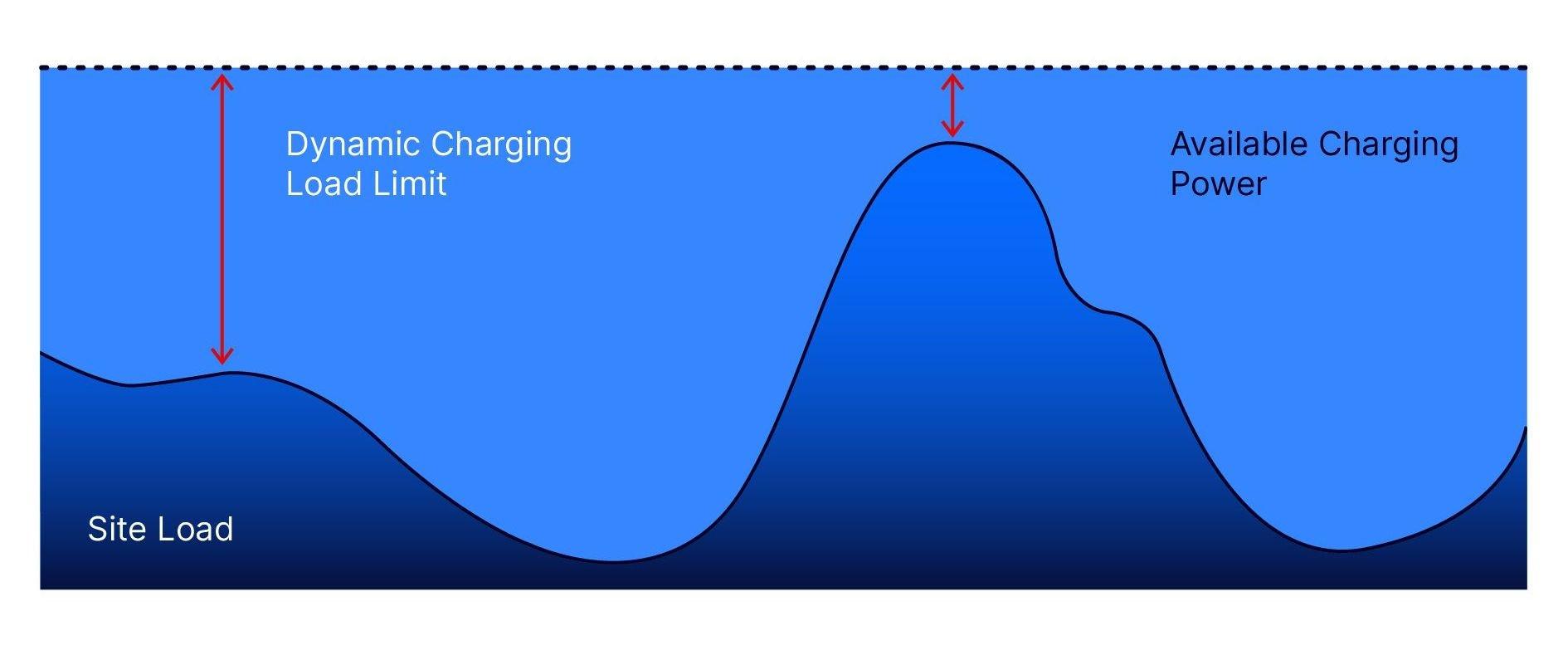
If the charging stations are integrated into an existing distribution system with other consumers (e.g. lighting, heating, elevator, etc.), it is usually worth using FlexibilityCharger's dynamic load management. A locally installed meter, which measures the current energy consumption to the second, ensures that the available connected load is optimally utilized. The total charging capacity available for the charging infrastructure is dynamically adapted by FlexibilityCharger to the real-time site load. If, for example, consumption in the adjacent building drops, more power is available for charging electric vehicles. The second-by-second measurement and continuous adjustment of the power based on this, taking into account the phase load, makes FlexibilityCharger load management technology the most efficient system on the market.
Further load management variants
Timetable-based load management
If the charging of electric vehicles is to be based on a fixed schedule, it makes sense to use our schedule-based load management. FlexibilityCharger takes into account the stored driving profiles with departure times and energy requirements of the individual electric vehicles. Electric vehicles that need to be ready for use again earlier are prioritized for charging.
Time-based network limits
If energy prices differ in recurring periods - for example at night compared to during the day - the FlexibilityCharger feature “Time-based grid limits” can help. The grid limit is then automatically reduced in the predefined time periods in order to save costs or take into account regularly occurring site loads.
Grid-friendly charging
Charging locations with several e-vehicles and many simultaneous charging processes are challenging for the grid. This is why grid operators often demand the controllability of these locations. The FlexibilityCharger feature “grid-friendly charging” enables exactly that: controlling the charging power according to the specifications of the distribution grid operator and thus implementing §14a EnWG.
Charging with on-site solar power
If required, FlexibilityCharger can also use locally generated energy from a photovoltaic system, for example, to intelligently control your charging infrastructure.
Charging logic
Optimal grid utilization. Efficient charging.
FlexibilityCharger controls electric vehicle charging with a logic that is subject to a number of rules. These rules ensure that electric vehicles are charged in the most reliable, easy and affordable way possible.
Charging in compliance with all limits to avoid peak loads or mains connection overload.
The power output is adjusted dynamically to suit the requirements of the electric vehicle so that power is distributed efficiently.
Where possible, all connected vehicles are charged simultaneously, with the available power distributed evenly between them.
If the power is not sufficient to charge all electric vehicles, priority is given to the vehicles that were connected first.
ChargePilot® can accommodate the minimum amperage of vehicles and charging stations.
Das Ladeangebot passt sich dem Ladestatus (lade-willig ja/nein) der Fahrzeuge an.The available power is adjusted in accordance with the charging status of the vehicles (ready for charging: yes/no).
The optimization of all phases is performed individually, as the phases of the power grid are subject to different loads.
Vehicles can be prioritized and given the maximum desired power.
Interfaces

FlexibilityCharger connects to numerous third-party systems via standardized interfaces and thus integrates effortlessly into your existing ecosystem. Existing programs and processes can simply be retained. This makes it the most future-proof charging and energy management system on the market.
All interfaces at a glance
Data is transferred between the charging points and FlexibilityCharger via OCPP. This allows charging processes to be controlled intelligently and particularly securely. Billing data, such as the start and end of the charging process and the amount of energy consumed, is also transmitted in this way.
If a comprehensive energy management system is in use, FlexibilityCharger receives information about the available charging current via Modbus. The energy consumption of the vehicles is dynamically adjusted accordingly. Fluctuating generation from integrated PV systems, for example, can also be efficiently taken into account in this way.
Electricity customers can voluntarily decide to allow the grid operator to intervene in their charging behavior and thus receive a reduced grid fee. The ripple control receiver required for this is installed by the grid operator and is connected to FlexibilityCharger. FlexibilityCharger can use this to automatically regulate the charging behavior according to the grid operator's specifications.
Via VDV 463, backend systems send charging requests to FlexibilityCharger, which then controls the charging processes accordingly and sends the relevant information back to the system in real time. This interface is particularly valuable for fleets with fixed schedules.
Compatibility
FlexibilityCharger integrates: numerous manufacturers and third-party systems are already part of the ChargePilot® ecosystem and we are constantly working on further integrations.


